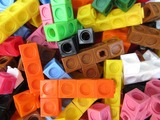
Students use various representations to compare fractions.
- Subject:
- Mathematics
- Material Type:
- Lesson Plan
- Author:
- Drew Polly
- Date Added:
- 07/12/2020
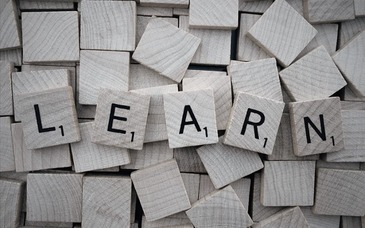

Students use various representations to compare fractions.
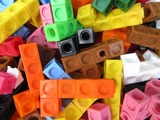
In this lesson students create fraction strips to represent fractions and explore equivalent fractions.

This lesson is Day 10 in a series of 12 lessons around fraction equivalences and comparisons.
This video lesson serves as a review of equpartitioning in order to determine the fractional part of an area or length. This is a necessary foundational skill for comparing and finding equivalent fractions.

This lesson is Day 11 in a series of 12 lessons around fraction equivalences and comparisons.
This video lesson reviews parts of a whole, comparing fractions, and equivalent fractions. No materials are needed.

This lesson is Day 12 in a series of 12 lessons around fraction equivalences and comparisons.
Use your math skills to help detectives solve the crime. This video lesson reviews fractions of an area, fractions on a number line, and equivalent fractions. No materials are required.

This lesson is Day 1 in a series of 12 lessons around fraction equivalences and comparisons.
This video lesson encourages students to reason about and visualize fractions. The lesson focuses on the ideas that fractions are fair shares and that fractions can be compared. This lesson assumes that students have some initial experiences with fractions.

This lesson is Day 2 in a series of 12 lessons around fraction equivalences and comparisons.
This video lesson uses paper folding to introduce the concept of equivalent fractions. To complete this lesson, make sure you have a square piece of paper (any size) and a crayon

This lesson is Day 2 in a series of 12 lessons around fraction equivalences and comparisons.
This video lesson introduces the idea that fractions can be used to represent 1 whole. To engage in this lesson, students may use virtual circle models from Toy Theater (https://toytheater.com/fraction-circles/)

This lesson is Day 4 in a series of 12 lessons around fraction equivalences and comparisons.
This video lesson looks at how we use fractions in the kitchen. Students are challenged to use circle models to find equivalent fractions for a recipe. Students may use virtual circe models from the Toy Theater (https://toytheater.com/fraction-circles/).

This lesson is Day 2 in a series of 12 lessons around fraction equivalences and comparisons.
This game may be played with one or two people. It reviews fractions on a number line, adding fraction with like denominators, and equivalent fractions. For an extra challenge, you can even break up your moves across multiple tracks (e.g., if your card reads 1/2, you could move 1/4 and 2/8).
https://www.nctm.org/Classroom-Resources/Illuminations/Interactives/Playing-Fraction-Track/

This lesson is Day 6 in a series of 12 lessons around fraction equivalences and comparisons.
This video lesson teaches students how to create bar models to compare lengths/distances. Students will need a piece of paper, ruler, scissors, and a pencil. These bar models will also be used for Day 7's lesson.

This video lesson introduces the idea that when comparing two fractions, they must refer to the same size whole. Then, students use fraction strips to compare fractions. Students may use virtual fraction strips from Toy Theater (https://toytheater.com/fraction-strips/)

This lesson is Day 8 in a series of 12 lessons around fraction equivalences and comparisons.
This video lesson introduces the number as a tool for representing and comparing fractions. Students will need a black piece of a paper and a pencil with a good eraser.

This lesson is Day 9 in a series of 12 lessons around fraction equivalences and comparisons.
This video lesson introduces students to fractions beyond 1 using a choral counting routine. Students connect the fractions to points on a number line and bar models. For this lesson, students need a piece of blank paper and a pencil.

In this lesson, students decompose 1 whole into smaller fractions in the context of a relay race.
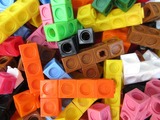
In this lesson students determine the fractional parts of rectangles.
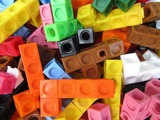
In this lesson students explore patterns and the plotting of points on a coordinate plane.
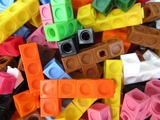
In this activity students add, subtract, and find equivalent fractions.
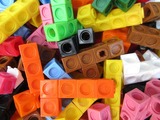
In this lesson students add fractions and decompose fractions embedded in various contexts.
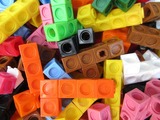
In this lesson students explore the multiplicaton of fractions by whole numbers in the context of shopping for a birthday party.